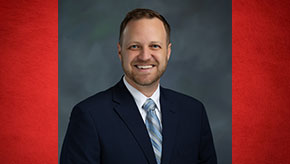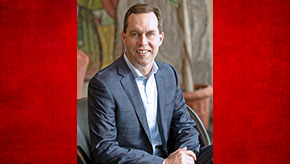Ameritas Insights
FEATURED CONTENT
Combining Life Insurance with Living Benefits
April 4, 2025
| 8 min read
8 min read
Emerging Trends and Innovations Shaping the Dental Industry
March 21, 2025
| 6 min read
6 min read
Executive Compensation: An Overview for Business Owners
February 24, 2025
| 9 min read
9 min read
Insights for Life
How Can the Sandwich Generation Balance Supporting Kids and…
January 27, 2025
| 7 min read
7 min read
Laddering Life Insurance: A Strategic Approach
October 17, 2024
| 7 min read
7 min read
10 Uses of Life Insurance in Estate Planning
August 14, 2024
| 6 min read
6 min read
Insights for Wealth
Understanding the Taxation of Annuity GLWB Withdrawals
April 15, 2025
| 6 min read
6 min read
When Does a Roth IRA Make Sense?
April 8, 2025
| 9 min read
9 min read
Best Ways to Build a Good Credit Score
February 14, 2025
| 6 min read
6 min read
Insights for Health
Pediatric Dental Insurance Plans: Making the Best Choice
April 15, 2025
| 7 min read
7 min read
Online Shopping for Eyewear: Find the Perfect Glasses
April 14, 2025
| 8 min read
8 min read
Blurry Vision During Pregnancy: What You Need To Know
March 20, 2025
| 7 min read
7 min read
Insights for Business
Benefits Enrollment Strategies for Better Financial Outcomes
March 28, 2025
| 3 min read
3 min read
PEO Employee Engagement: Five Keys to Retention and Productivity
February 19, 2025
| 7 min read
7 min read
The Impact of Inflation on Employee Benefits
February 11, 2025
| 6 min read
6 min read
Latest from the Newsroom
Ameritas names Schommer new senior vice president, risk and…
April 2, 2025
| 4 min read
4 min read
Growth Guided by Vision: 2024 Annual Report
March 17, 2025
| 4 min read
4 min read
Annual Ameritas members meeting to be held May 6
March 13, 2025
| 3 min read
3 min read


















